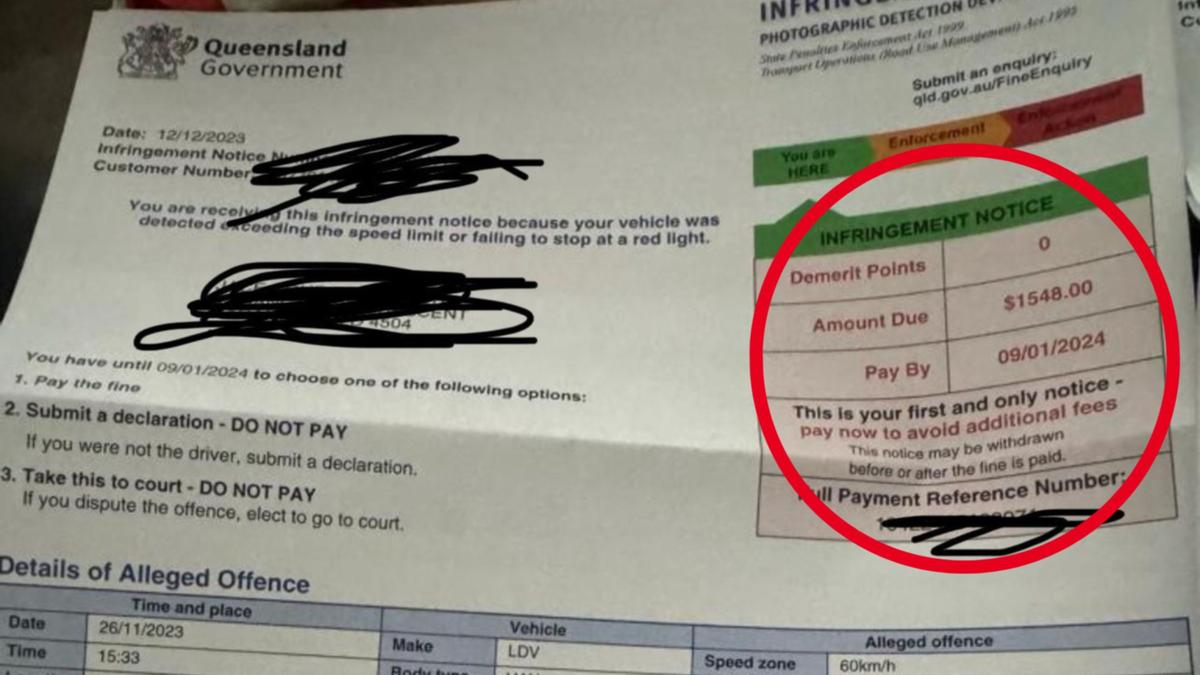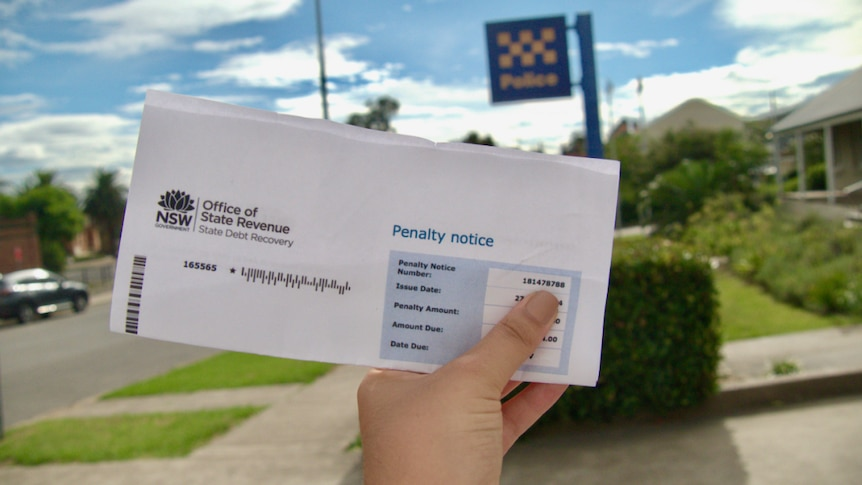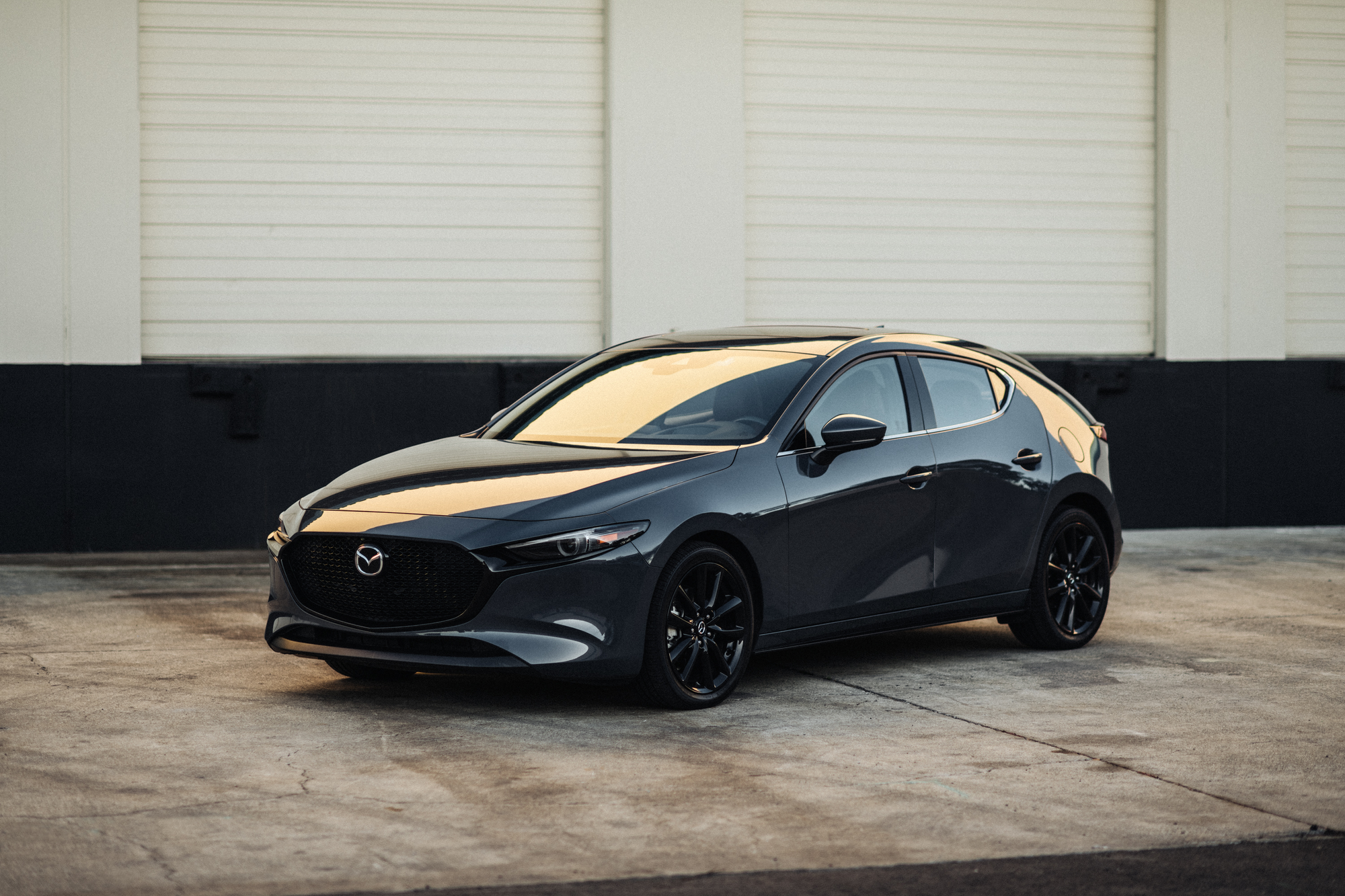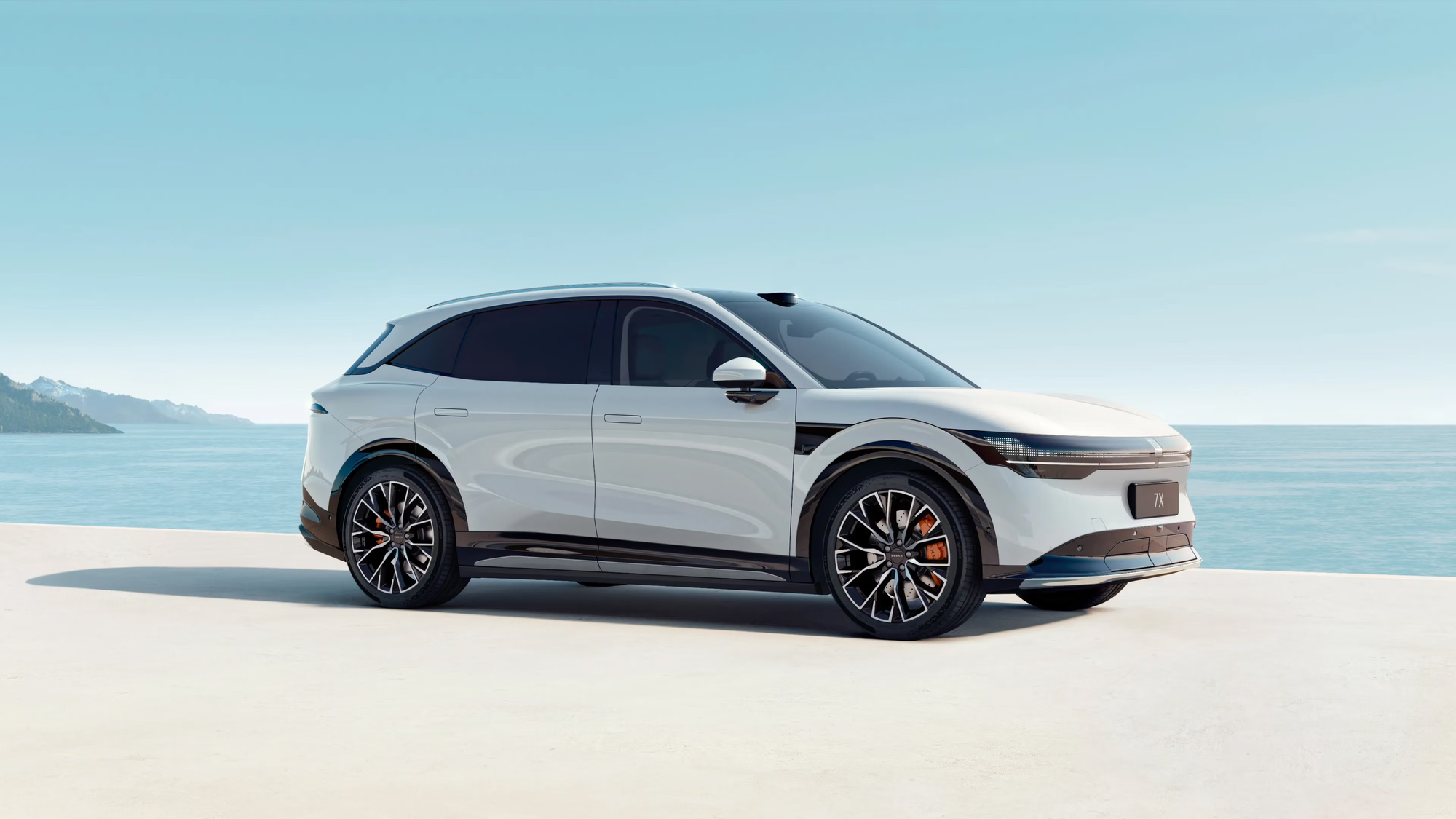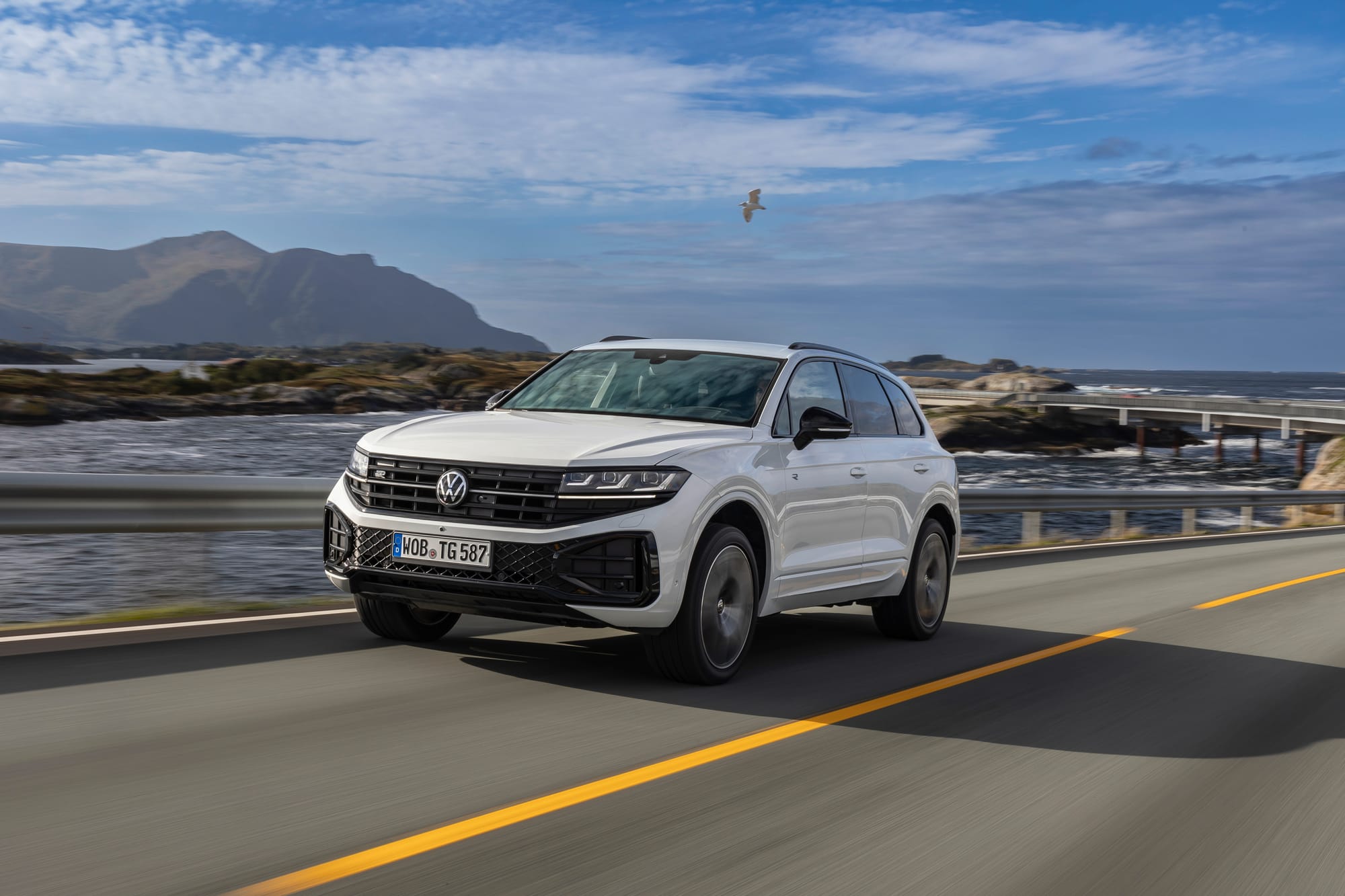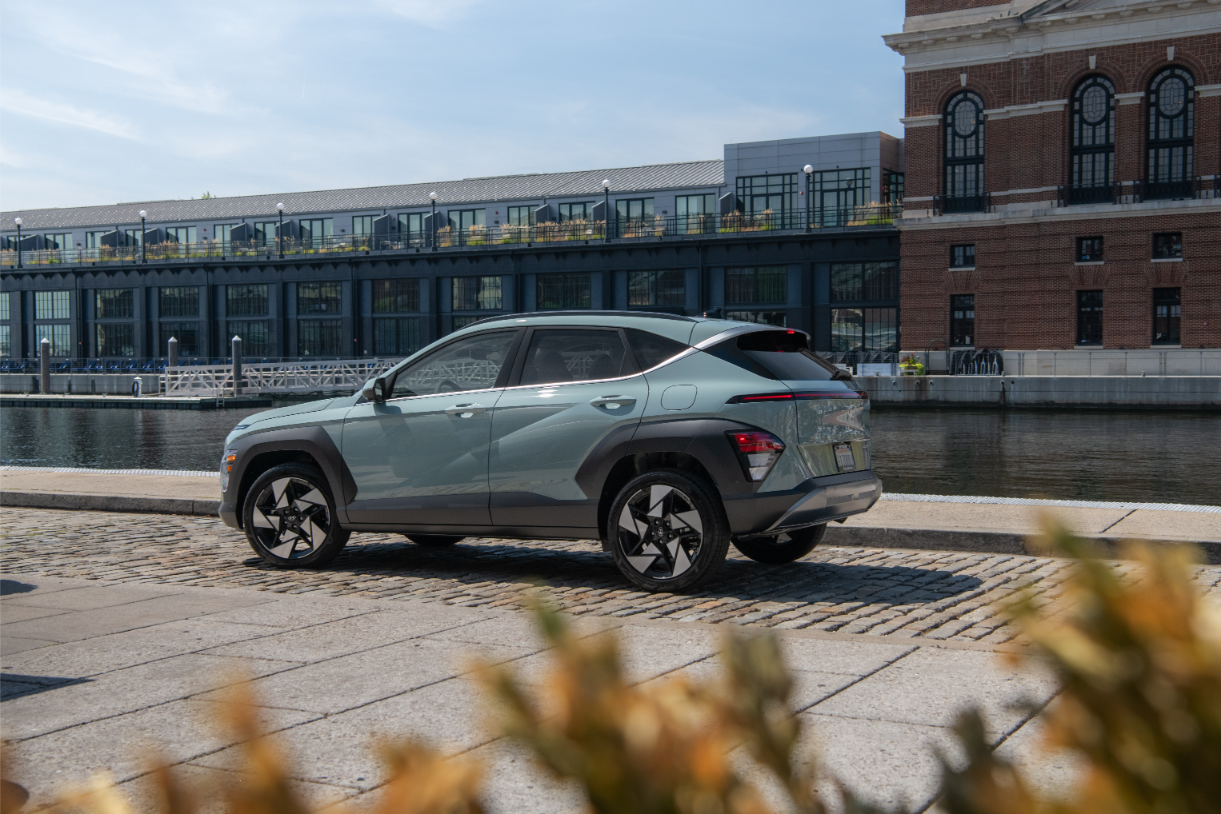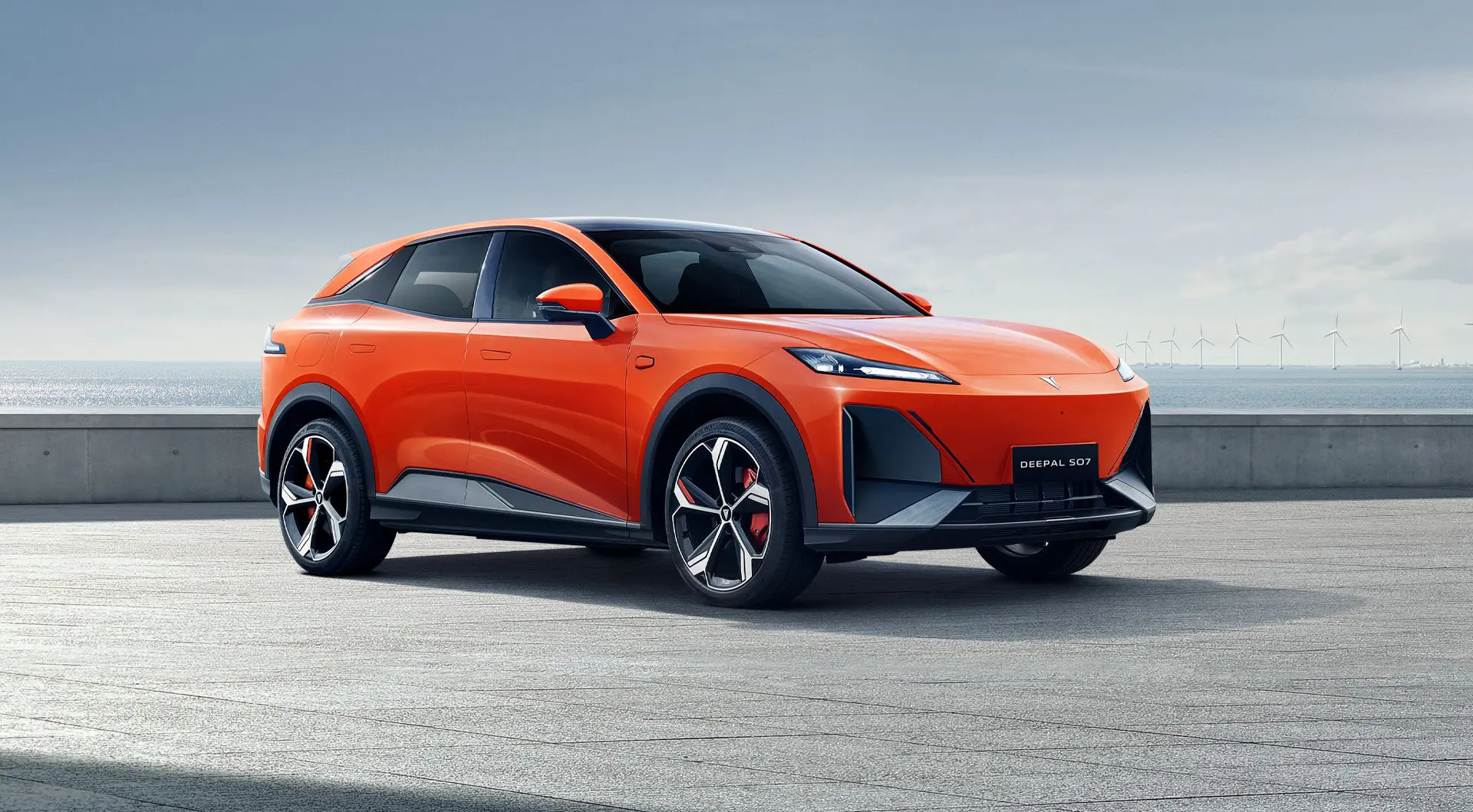Mazda is poised to disrupt the large SUV market with its upcoming 2025 CX-80, which is expected to launch with a starting price of around $55,000. This strategic pricing positions the CX-80 below its smaller sibling, the CX-60, potentially offering more value for money in the competitive SUV segment.
Competitive Pricing Strategy

• The CX-80 is expected to start at approximately $55,000, undercutting the CX-60's base price of $59,800.• This pricing strategy aims to make the larger CX-80 more attractive to families and value-conscious buyers.• The move could potentially reshape Mazda's SUV lineup pricing structure.
Key Features and Specifications


• Size: The CX-80 is essentially a stretched version of the CX-60, offering more interior space.
• Seating: Available in six- and seven-seat configurations.
• Powertrains: Options include petrol, diesel, and plug-in hybrid variants.
• Technology: Expected to feature Mazda's latest infotainment and safety systems.
Market Positioning
• The CX-80 will compete with both mainstream and premium large SUVs.• Its pricing and features position it as a value proposition in the luxury-adjacent market.• Potential rivals include the Hyundai Santa Fe, Kia Sorento, and even entry-level luxury SUVs.
Australian Market Impact
• The competitive pricing could boost Mazda's presence in the large SUV segment.
• It may attract buyers looking for a more affordable alternative to premium European brands.
• The strategy could put pressure on other manufacturers to adjust their pricing or offerings.
Launch Timeline and Availability
• The CX-80 is expected to arrive in Australian showrooms in late 2024.• Initial availability may be limited, with a gradual rollout across different trim levels and powertrains.
With its competitive pricing and larger size, the 2025 Mazda CX-80 is set to make a significant impact in the Australian SUV market. By offering more space and features at a lower starting price than the CX-60, Mazda is positioning the CX-80 as an attractive option for families and buyers seeking value in the premium-adjacent segment.




